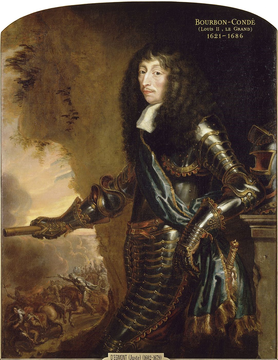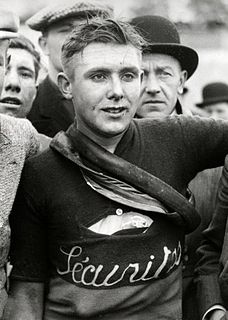Walter IV of Enghien (died 1381), Hainault nobleman and soldier, was the son of Sohier of Enghien. He was Count of Brienne as Walter VII and Lord of Enghien in 1364–1381.

The County of Hainaut, sometimes given the spelling Hainault, was a historical lordship within the medieval Holy Roman Empire with its capital eventually established at Mons, and named after the river Haine, both now in Belgium. Besides Mons, it included the city of Valenciennes, now in France. It consisted of what is now the Belgian province of Hainaut and the eastern part of the French département of Nord.
Appointed Marshal of Flanders by Louis II of Flanders, he energetically prosecuted the war against the rebellious Ghentois. He is notorious for his sack of the city of Geraardsbergen on July 7, 1381, wherein his troops burned and destroyed the town, killing many of its inhabitants.

Ghent is a city and a municipality in the Flemish Region of Belgium. It is the capital and largest city of the East Flanders province, and the second largest municipality in Belgium, after Antwerp. The city originally started as a settlement at the confluence of the Rivers Scheldt and Leie and in the Late Middle Ages became one of the largest and richest cities of northern Europe, with some 50,000 people in 1300. It is a port and university city.

Geraardsbergen is a city and municipality located in the Denderstreek and in the Flemish Ardennes, the hilly southern part of the Belgian province of East Flanders. The municipality comprises the city of Geraardsbergen proper and the following towns:
Rejoining the Flemish army besieging Ghent, he and a handful of companions were trapped by an ambush laid by the Ghentois, perhaps composed of survivors of Geraardsbergen. He and his illegitimate half-brother John were both cut down in the fighting.
He was succeeded by his heir in proximity of blood, his uncle Louis of Enghien.
Proximity of blood, or proximity by degree of kinship, is one of the ways to determine hereditary succession based on genealogy. In effect, the application of this rule is a refusal to recognize the right of representation, a component of primogeniture.












